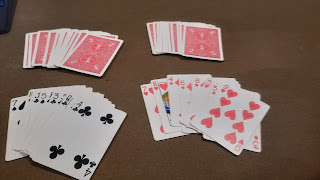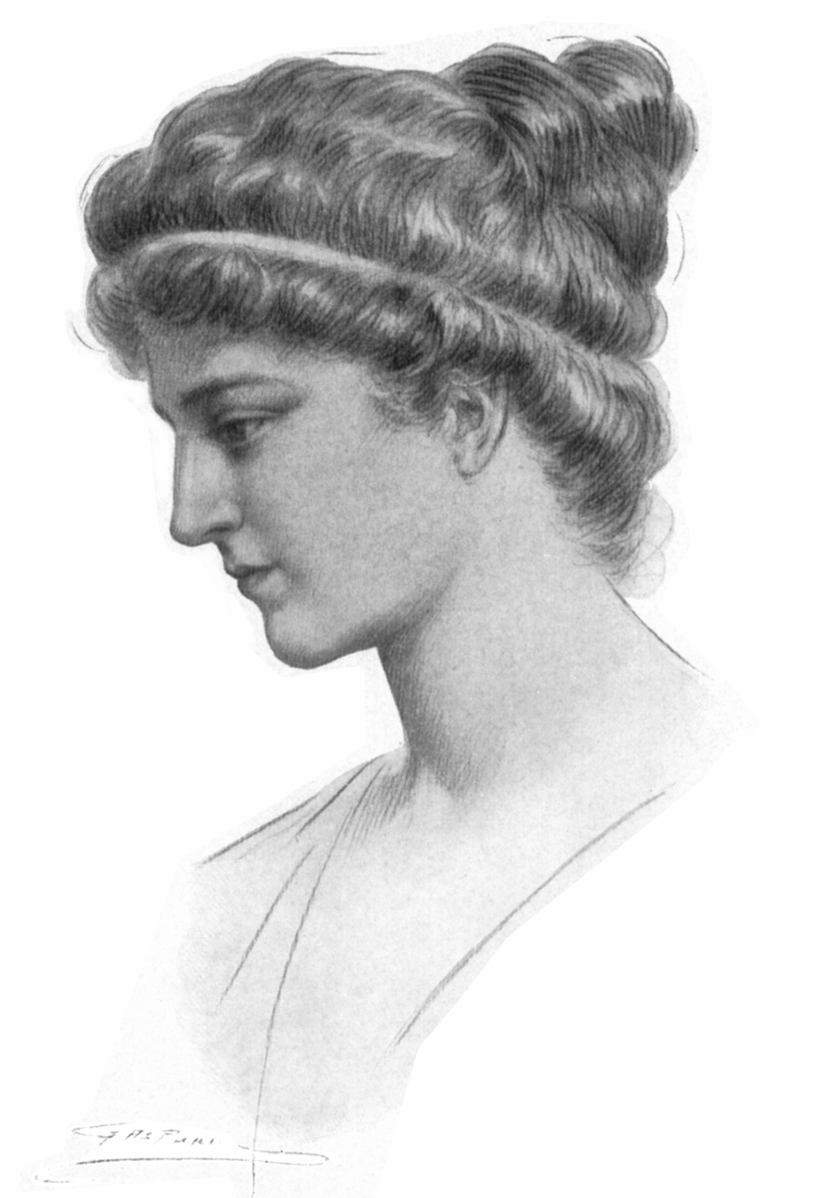At the time of this post, many
people have been hooked on playing the daily word game, Wordle at Wordle - The New York
Times (nytimes.com). For those new to Wordle, a sample game is shown at the
end of this post.
Nerdle, the math-based game, is
found here: Nerdle - the daily numbers game
(nerdlegame.com). Nerdle begins with eight blanks to be filled in choosing
from the digits 0 through 9, the common operators for addition, subtraction,
multiplication and division, and the equal sign. Digits can be combined to form
2-digit numbers and can be repeated. Below is the starting game board:
The first challenge is simply
coming up with a basic equation using the eight spots. I like starting with a
simple addition or subtraction problem using three 2-digit numbers. That way I
narrow down the digits that are used. Here are some simple starting equations:
12 + 35 = 47
89 – 57 = 32
Entering the second equation as
my guess, gave me this result:
I have the equal sign in the
correct spot. The digits 2, 3, and 8 will be used and 5, 7 and 9 are
eliminated. Also, the problem needs to be a division, addition or
multiplication problem resulting in a two-digit number using two of the
non-eliminated digits (0, 1, 2, 3, 4, 6, 8). Division might be the operation,
but it would have to involve a three-digit number being divided by something to
get to a two-digit number. I couldn’t see any multiplication resulting in a two-digit
number, so it was easier to explore some addition problems. My next guess was 63
+ 23 = 86. The digits 2, 3, and 8 are used in new locations and I’m trying a
new digit, 6.
The bad news is no digit is in
the correct position. The good news is, I’ve confirmed we’re looking for the
addition of two two-digit numbers resulting in a third two-digit answer. Also, four
of the six digits will be 2, 3, 6 and 8. Furthermore, we also know that 3 and 6
are not repeated digits.
My approach for the next guess
was forming a column of allowing digits for each of the six places with
numbers. This gave me:
10 + 10 =
10
21 31 21
32 42 43
44 63 64
6
84 8
8 6
8
So, the first two-digit number in
the problem has 1, 2, 3 or 4 in the first place, and 0, 1, 2, 4, 6 or 8 in the
second position.
Since were adding two two-digit
numbers, I started with the higher possibilities for the number following the
equal sign. Although, 1 and 2 were allowable first digits, I could see
possibilities resulting in an answer in the teens or twenties.
Looking at possible combinations
that resulting with an answer in the sixties, I tried: 26 + 38 = 64.
I made an unforced error in this
guess. While I entered a valid equation, it used two 6’s, and from the prior
guess, we had learned that 6 is not a repeated digit. More good news is we know
the second number is in the thirties and we found places where the digits 2, 4,
6 and 8 cannot be placed.
The possible digits for each
position are now:
10 + 30 =
10
41 1
21
2
2 48
4
4
8
6
That may look like a lot of
possibilities yet to explore. However, since we know the second number is in
the thirties, the final answer can’t be in the teens or twenties, so we can
focus on the forties. My next guess was 12 + 36 = 48.
All eight places are green, so
the problem is solved.
Here is an example of Wordle:
In Wordle, a player has six chances
to determine the day’s secret five-letter word. Players begin by entering a
five-letter word of their choice. A letter that is in its correct position is
highlighted green. A letter that is used in the secret word but in a different position
is highlighted tan. Letters not found in the secret word are greyed out.
Below is an example, where my
first guess was “SPORT.”
I was very lucky in having three
correct letters, two of which are in the correct spot. While the letter T was
in the wrong position, I now know it must be either in the first or second
position. So, my next guess needs to be T_OR_ or _TOR_. To fill the other
blanks, a common strategy is to try some vowels or common consonants, like n, and
l. I tried using an e on the end but could not think of any words ending with _
_ ORE, other than SPORE. However, SPORE doesn’t use a T and we already
eliminated S and P as possible letters. I tried n in the end position for _ _
ORN. That looked promising so try some other letters with either _ TORN or
T_ORN. The second choice looked better and looking through the remaining
possible letters led me to try THORN.

















































